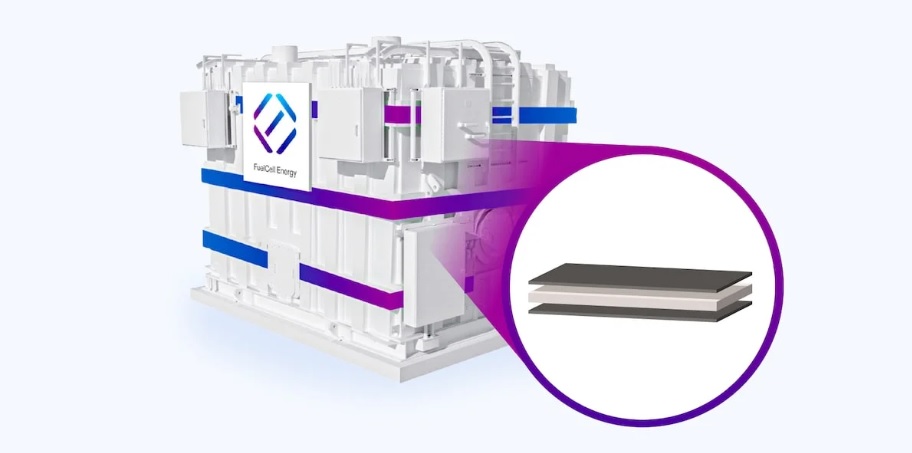Hydrogen fuel cells and the need for Wi-Fi are generally unrelated technologies, as they serve different purposes and operate in different domains.
However, one potential indirect connection could be in the context of remote monitoring and control systems for hydrogen fuel cell applications.
In certain settings, such as the industrial or automotive sectors, hydrogen fuel cells may be employed to generate electricity. In these applications, there could be a need for advanced monitoring and control systems to optimize the performance of the fuel cells, ensure safety, and gather real-time data on their operation.
This is where Wi-Fi or other communication technologies might come into play. Establishing a wireless network, including WiFi, can enable seamless communication between various components of a hydrogen fuel cell system.
Remote monitoring and control through WiFi could allow operators to access data, perform diagnostics, and make adjustments without physically being at the site where the fuel cells are installed.
While hydrogen fuel cells themselves do not inherently require Wi-Fi, the broader infrastructure surrounding their deployment and monitoring might involve wireless communication technologies to enhance efficiency, safety, and control.
What about Carbon Capture?
Carbon capture and storage (CCS) is a technology designed to capture carbon dioxide (CO2) emissions produced from the use of fossil fuels in electricity generation and industrial processes, preventing the release of CO2 into the atmosphere.
Indirect Connections:
-
Monitoring and Control Systems: Similar to hydrogen fuel cells, carbon capture facilities may benefit from advanced monitoring and control systems. Wireless communication technologies, including WiFi, could be employed for remote monitoring, data collection, and control of carbon capture processes. This allows operators to assess system performance, troubleshoot issues, and optimize operations without being physically present.
-
Data Transfer and Analysis: In carbon capture applications, there is a significant amount of data generated from sensors and monitoring equipment. A reliable and high-speed communication network, such as WiFi, can facilitate the transfer of this data for analysis. This is essential for understanding the efficiency of carbon capture processes, identifying areas for improvement, and ensuring compliance with regulatory standards.
-
Integration with Smart Grids: Carbon capture facilities may be part of broader energy systems that include smart grids. These grids often rely on communication technologies, including WiFi, to manage the flow of energy, optimize grid performance, and integrate low-carbon energy sources.
While WiFi may not be a core requirement for carbon capture technology itself, its use can enhance the efficiency, safety, and control of the systems associated with monitoring the carbon capture processes. In the broader context of the energy sector, wireless communication plays a role in facilitating the transition to more sustainable practices.
Microgrids powered by fuel cells, such as those provided by FuelCell Energy, can indeed benefit from reliable Wi-Fi and other communication technologies. Here’s how they might be connected:
-
Remote Monitoring and Control: Microgrids are often deployed in locations where access might be challenging. Utilizing reliable WiFi connections allows for remote monitoring and control of the fuel cell systems within the microgrid. Operators can access real-time data, assess performance, and make adjustments without being physically present at the site.
-
Optimizing Energy Distribution: WiFi connectivity can play a crucial role in optimizing the energy distribution within a microgrid. Real-time data on energy production, consumption, and storage can be communicated wirelessly, enabling the microgrid to respond dynamically to changes in demand and supply. This helps in maintaining stability and efficiency within the microgrid.
-
Fault Detection and Maintenance: Reliable WiFi connectivity aids in the early detection of faults or issues within the fuel cell systems. This facilitates timely maintenance and reduces downtime. Automated alerts can be sent to operators, allowing them to address potential problems swiftly.
-
Integration with Smart Grids: Microgrids are often designed to operate as part of larger smart grid systems. WiFi connectivity enables seamless integration with smart grids, allowing for coordination with the broader energy infrastructure. This integration helps in balancing loads, managing renewable energy sources, and participating in demand response programs.
-
Data Analysis for Efficiency Improvement: The data collected from fuel cell systems in a microgrid can be analyzed to identify patterns and trends. Reliable WiFi connectivity ensures that this data can be efficiently transmitted for analysis. Insights gained from data analysis can be used to enhance the overall efficiency and performance of the microgrid.
In summary, reliable WiFi connectivity is an essential component for the effective operation of microgrids powered by fuel cells. It enables remote monitoring, facilitates real-time data transmission, and supports the integration of microgrids with broader energy systems.
This connectivity contributes to the reliability, efficiency, and sustainability of microgrid solutions.

